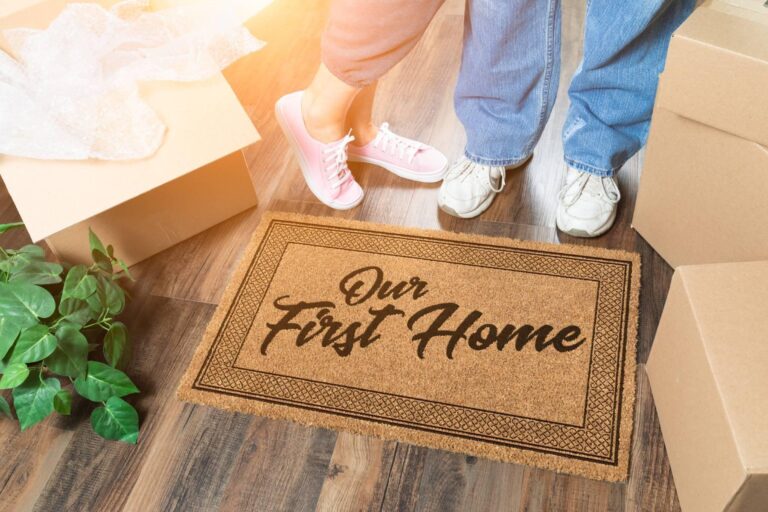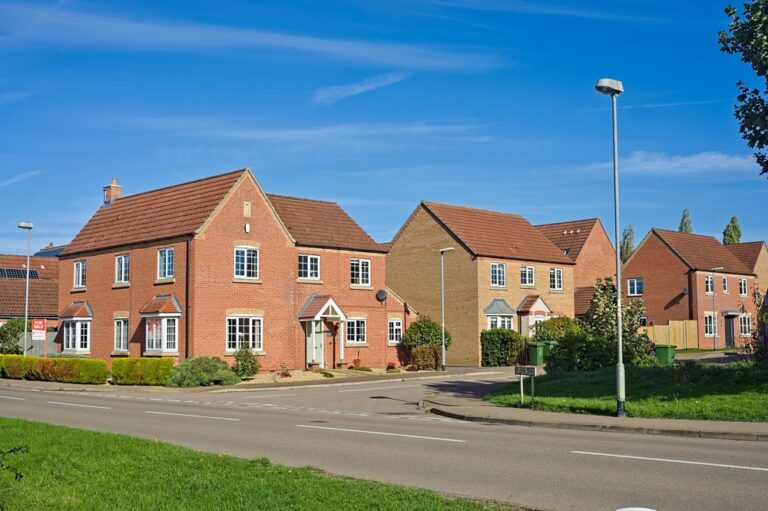Buying a second home is a big financial step, whether a holiday home, a buy-to-let investment, or a future retirement property. But before you take the plunge, it’s essential to understand the stamp duty land tax (SDLT) and the upcoming changes from April 1, 2025, that could affect your costs.
If you’re looking for a second home, the key focus is understanding how the changes will impact your purchase and what steps you can take to manage costs effectively.
Search latest investment properties
What is stamp duty on a second home?
Stamp Duty Land Tax (SDLT) is the tax you pay when purchasing property in England and Northern Ireland. If you already own a home and buy an additional property, you’ll need to pay a higher rate of SDLT, also known as the second home surcharge.
From April 1, 2025, SDLT rules are changing, introducing new rates and thresholds that will affect the cost of buying a second property.
How much stamp duty will you pay from April 2025?
If you’re planning to buy a second home, it’s important to know the increased SDLT rates that will apply from April 1, 2025. The new rates will make buying an additional property more expensive, as the tax-free threshold is reduced from £250,000 to £125,000. This means stamp duty will apply to lower-value properties that previously weren’t taxed.
Here’s how the updated rates will be applied to second homes from April 2025:
- 5% on properties up to £125,000 – Previously, buyers paid no SDLT on the first £250,000 of a property, but this is now changing.
- 7% on properties between £125,001 and £250,000 – The second band will see a tax increase, impacting those buying at this price range.
- 10% on properties between £250,001 and £925,000 – This is the main range where most second-home buyers fall, making this rate particularly significant.
- 15% on properties between £925,001 and £1.5 million – Higher-value homes will see significant SDLT charges at this level.
- 17% on properties over £1.5 million – Luxury second homes will face the steepest SDLT rates.
The threshold shift means SDLT will apply a little sooner for some buyers, but with the right planning, it doesn’t have to be a hurdle. It’s all about understanding your options and making informed decisions. At Ellis & Co, we’re here to guide you through the process with expert advice, so you can move forward confidently and focus on the excitement of your next move
Case study: Buying a £300,000 second home
If you’re purchasing a second home worth £300,000, your stamp duty bill will be calculated as follows:
- First £125,000 at 5% = £6,250
- Next £125,000 at 7% = £8,750
- Remaining £50,000 at 10% = £5,000
- Total SDLT = £20,000
Before the changes, the same property would have been taxed only on the portion above £250,000, meaning a much lower tax bill. Under the previous system, the SDLT would have been:
- First £250,000 at 5% = £12,500
- Remaining £50,000 at 10% = £5,000
- Total SDLT = £17,500
This means that, from April 2025 onwards, buyers will pay an extra £2,500 in stamp duty on a £300,000 second home.
For those buying at the lower end of the market, the impact could be even more noticeable, as the higher rates now apply to properties under £250,000. If you’re planning to buy a second home soon, factor these additional costs into your budget to avoid unexpected financial strain.
Can you claim back stamp duty on a second home?
In some cases, you may be eligible for a stamp duty refund. If you’re buying a second home before selling your main residence, you’ll need to pay the higher second home surcharge upfront. However, if you sell your previous home within 36 months, you can apply for a refund of the extra stamp duty.
To qualify, you must:
- Sell your original home within 3 years of buying your new one
- Submit your refund claim within 12 months of selling your old home
The refund process is handled through HMRC, and claims are usually processed within a few weeks.
Ways to reduce your stamp duty cost
While completely avoiding SDLT on a second home isn’t possible, there are a few legal ways to reduce what you owe:
- Buying as a first-time buyer: If your partner doesn’t already own a home, buying in their name avoids the second home surcharge. However, this may not be an option for everyone.
- Buying a property under £40,000: Properties under £40,000 are exempt from SDLT altogether, but these are rare, especially in high-demand areas.
- Buying a non-residential property: Commercial and mixed-use properties (e.g., shops with flats above) have different tax rates and aren’t subject to the second home surcharge.
- Using multiple dwellings relief (MDR): If you’re buying more than one property in a single transaction, MDR could reduce your overall SDLT bill by spreading the tax across multiple properties.
- Considering ownership transfer: Some buyers transfer ownership of a second home to a spouse or family member who doesn’t already own property, potentially lowering SDLT liabilities.
Should you still buy a second home in 2025?
With higher stamp duty costs from April 2025, second-home buyers will face increased upfront expenses. But does this mean you should hold off on buying?
Here’s what to consider:
- Rising property prices – Delaying your purchase might mean paying more if house prices increase.
- Rental income potential – If you’re buying as an investment, strong rental demand could help offset higher buying costs.
- Long-term financial planning – SDLT is a one-time tax, so it’s important to look beyond the initial cost and focus on long-term property value and returns.
Ultimately, if a second home fits your lifestyle or investment goals, higher SDLT costs shouldn’t necessarily stop you from buying. Instead, you can factor these changes into your budget and explore options to minimise your tax burden.
Get expert advice
Buying a second home is a big financial commitment, and new SDLT rules make understanding your costs more important than ever. If you’re unsure how these changes affect your plans, speaking with a property expert can help.
Contact your local Ellis & Co branch today for personalised advice on buying a second home in 2025 or browse the latest investment properties for sale.








